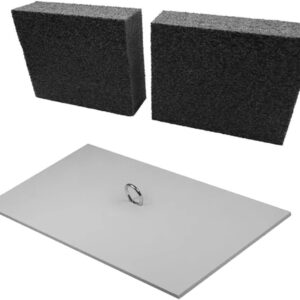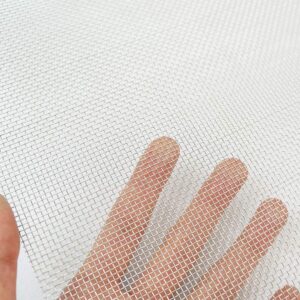Give No Pest a Chance in Your Home!
Great products for Pest Control!
Shop with usBest Sellers
-

Solar-powered Ultrasonic Animal Repellent with 360° Motion Sensor
$24.99 Buy Now -
Sale!

6‑Month Protection Natural Flea & Tick Treatment for Large Dogs
$12.49Original price was: $12.49.$10.62Current price is: $10.62. Buy Now -

36” Rodent-Proof Aluminum Door Sweep with Rubber Seal
$24.99 Buy Now -

Anchor Hocking 1‑Cup SnugFit Glass Storage Set with Navy Blue Lids
$19.49 Buy Now -

Cat Repellent Outdoor 2 Pack, Solar Ultrasonic with PIR Motion Sensor
$45.99 Buy Now -
Sale!

Chapin 63924 4-Gallon 24V Battery Backpack Sprayer With Adjustable Brass Nozzle
$218.99Original price was: $218.99.$204.99Current price is: $204.99. Buy Now -
Sale!

Exterior Crawl Space Vent Cover with 2-inch Insulation Blocks
$224.39Original price was: $224.39.$31.97Current price is: $31.97. Buy Now -

Bonide Repels‑All Animal Repellent Concentrate – 32 oz
$19.93 Buy Now
Recent Additions
-

Custom Window Screen Replacement Kit, Adjustable Frame and Mesh
$56.89 Buy Now -
Sale!

Exterior Crawl Space Vent Cover with 2-inch Insulation Blocks
$224.39Original price was: $224.39.$31.97Current price is: $31.97. Buy Now -

Waterproof Reusable Zippered Shoe Covers, Non-Slip Rain Overshoes for Adults and Kids
$12.49 Buy Now -

Rainbowstar Walking Boot Bed Cover for Clean, Snag Free Sleep
$18.99 Buy Now -

TIMESETL 304 Stainless Steel 10-Mesh Wire Sheet, 12 x 24 inches
$13.99 Buy Now -

30×200 cm 304 Stainless Steel Filter Screen Mesh, 30-mesh 0.7 mm Opening
$29.58 Buy Now -

3-Pack Pump Sprayer Replacement Handles for Wands and Backpacks
$13.99 Buy Now -
Sale!

SOLO 475-B 4-Gallon Bleach-Resistant Diaphragm Backpack Sprayer
$119.95Original price was: $119.95.$107.99Current price is: $107.99. Buy Now